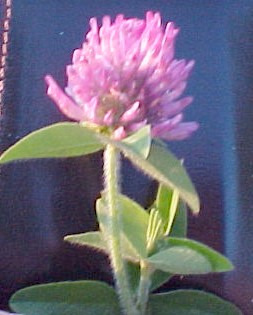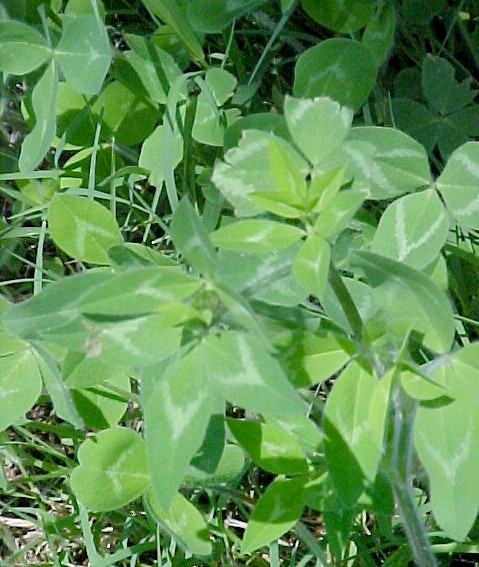


OTHER
GENUS/SPECIES
Trifolium pratense
FAMILY
Papilionaceae
(=Fabaceae in part)
SYNONYMS
Information not available
DISTRIBUTION
Throughout most of US; naturalized from Eurasia
Human Product Number - 146
Veterinary Product Number - 146
Comments
This clover is a conspicuous perennial because of its dark pink or magenta flower heads nearly an inch in diameter and comprised of as many as 125 florets. Red clover is short lived and is found in many fields, pastures, and roadsides. It may grow to be as tall as 2 feet in height. Red clover can survive in much of the country but reaches its best growth in cool, moist climates, especially in fertile, well-drained clay soils. In hot climates, this species may become dormant after a spring blooming period. There are several cultivars used in different regions. Cross-pollination is essential for seed production, and bumble bees and honey bees (the latter being especially useful late in the season) are effective pollinators. Each of the three oval leaflets of this clover typically has a whitish “V” on the upper surface. This species is of much greater importance for veterinary allergy, particularly for horses, than for human allergy.


 Download & print
Download & print